Many really good places to visit and live in Mexico are situated at high elevation—the height of the land in relation to sea level. This article shares some practical advice about how to prepare and acclimatize to life at higher elevations.
Mexico’s mountainous terrains
Elevations of 5,000 to 7,000 feet above sea level are not unusual for cities in Mexico’s colonial heartland as well as those in the southern states of Oaxaca and Chiapas. Mexico City and Guadalajara are also cities situated at elevation.
If you plan to experience the Monarch Butterflies you’ll also need to adjust to the higher elevations in the forested mountains where these butterflies gather to overwinter in Mexico; and if you’re visiting higher elevation areas in Mexico’s Copper Canyon you’ll also need to take time to adjust.
Adjusting to being at higher elevations
Many people who arrive in Mexico tend to come from places situated much closer to sea-level —perhaps a few hundred feet above sea-level at most— and so a visit to one of Mexico’s inland towns or cities may leave you breathless in more ways than one, until your body becomes acclimatized to thinner air.
Mexico City, for example, is not only 7,200 feet above sea level (that’s about a mile and-a-half up in the sky), it’s situated in a valley surrounded by mountains and flanked by two volcanoes. The mix of altitude, heat, and smog can become quite uncomfortable at times, and may leave you feeling exhausted after what may have seemed a normal day’s activity back home.
Mexico’s provinces do not suffer the smog that metropolises like Mexico City, Los Angeles, and Tokyo have come to inherit, but the altitude and the heat during summer months may cause you to feel more tired than usual if you are not already accustomed to higher elevation where you live.
Common symptoms felt by people adjusting to higher elevation include:
- Headaches
- Fatigue or lethargy
- Dizziness or nausea
- Loss of appetite
- Sleeplessness
- Shortness of breath
Advantages of living at elevation in Mexico
Elevation does bring with it some distinct advantages, too.
Being high up keeps the climate at more temperate levels, especially in comparison to the sultry, sweltering heat at the coasts in the high summer months. During the fall and winter months, the mornings and evenings can be quite cool —even chilly in some places— which creates a welcome contrast to the warmer days and hotter summers.
Tips to help you acclimatize at high elevation
Getting acclimatized to elevation takes some time, and your body will usually adjust surprisingly quickly to the change of altitude given the right amount of rest and hydration. Here are some practical tips:
Take it easy at first
Don’t plan too much activity for your first few days. Give your body time to acclimatize to the change in altitude and lower oxygen levels. Take a short nap in the afternoon if you like, or at least rest a while.
Drink plenty of fresh water
Two liters a day is recommended; keep drinking little and often all day. Staying thoroughly hydrated is really important at high elevations; even if you don’t feel thirsty.
Stay protected from too much sun
Wear a sun-hat and use protective sun lotion, even in the fall and winter months when the temperatures are lower. Keep your skin protected from excess sun even on overcast days as UV rays can penetrate cloud cover.
Moderate your alcohol intake
Wine, beer, and liquor will go to your head faster and the effects will last longer when you are drinking alcohol in places with high elevation; alcohol also dehydrates you, so you may want to consider scaling-back your normal consumption rates and supplementing your alcohol intake with additional fresh water.
Keeping well and staying healthy in Mexico
Within a few days, most people find that their body has acclimatized to higher elevation and the side-effects diminish. It is, however, important to continue to keep yourself well hydrated and watch your alcohol intake even after you have acclimatized.
For more practical information about keeping well and staying healthy in Mexico, read our Mexico Travel Health Guide – it’s packed full with tips and local knowledge.
Mexico in your inbox
Our free newsletter about Mexico brings you a monthly round-up of recently published stories and opportunities, as well as gems from our archives.

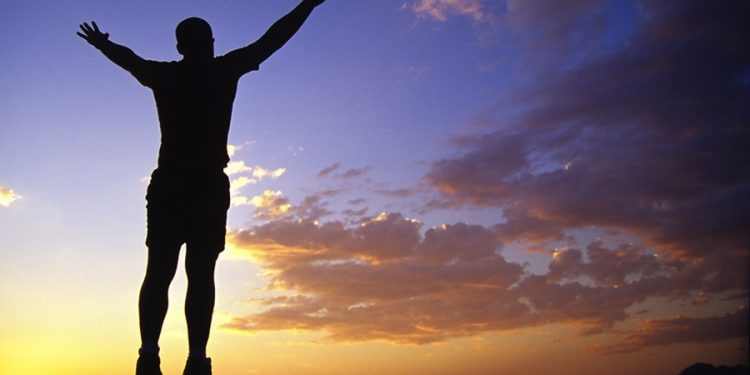
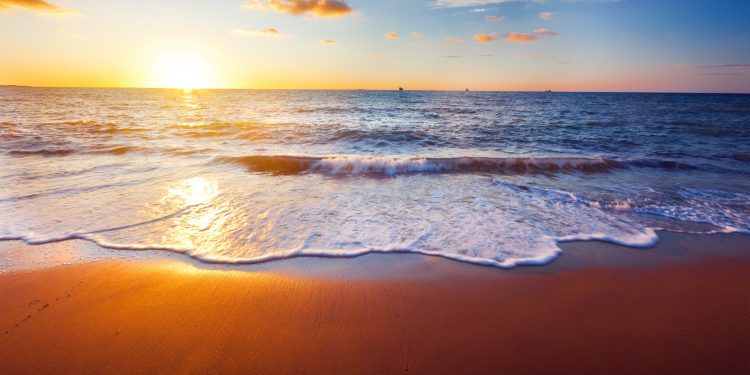


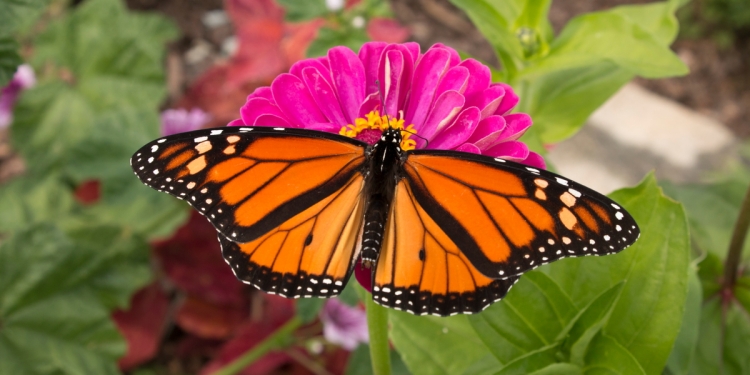
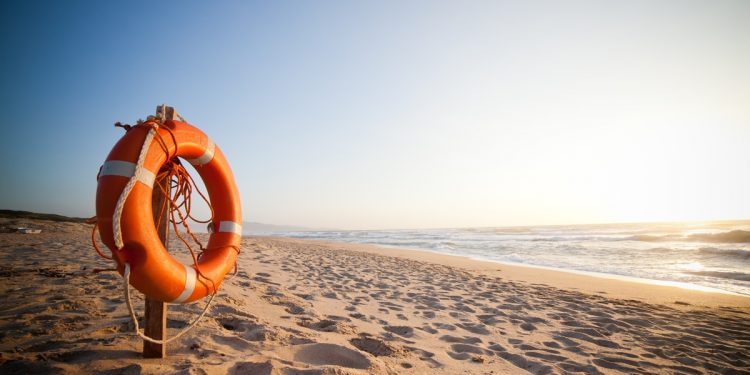

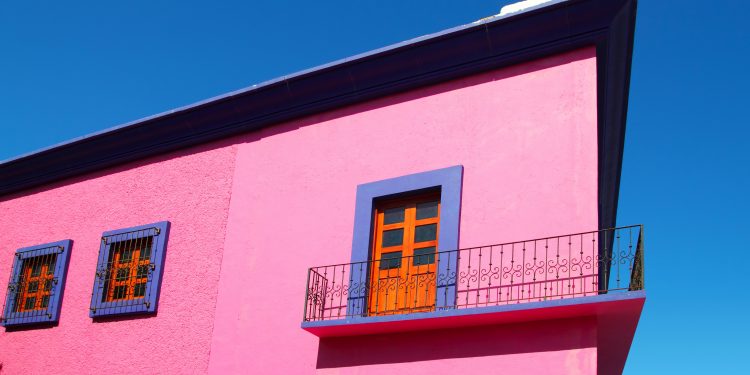
As a Dutch woman I lived most of my life below sea level in a humid climate till I moved to Santa Fe, NM @ 7000 feet and very arid.
Fortunately, I rented a guesthouse from a MD, who told me to drink LOTS of water (with electrolytes) and use Chlorophyl (liquids or tablets) and that it takes 6 weeks before your body has build extra red blood cells to transport oxygen. chlorophyl assists in that process.
Living in MX now in the mountainous region, it helps me a lot to know this and pass it on to others.
Nowadays, there are other natural remedies as well for ppl with altitude sickness.
During a special trip to Bolivia a local medicine man have us continuously drink tea from coca leaves. Worked very well.
Sounds as if you are very lucky to have had some good advice to help you make adjustments. How did the tea from coca leaves work? That is how did it make you feel ?
I visited Copper Canyon with my wife and stayed one night in Chihuahua then got the El CHEPE train to Creel. That night I couldn’t sleep, had altitude sickness, went to see a doctor first thing the next day who told me I had to descend, so took the bus down the canyon to Batopilas (600m).
Above 10,000 feet a patient may experience HAPE (high altitude pulmonary edema). This is a serious condition. Oxygen by mask does not help because fluid is draining into lung tissue blocking gas exchange. Altitude=low partial pressure of oxygen. Pilot physicians keyed to this early in small planes. There is one cure. Get to a lower altitude! Oh yes, in the mean time take Viagra which gives symptomatic relief. No fooling.
I have asthma to where I use an inhaler 10-20 times per year, plus a bit of emphysema from smoking 20 years ago, plus I am fairly heavy, 6′ 250#. I spent a week in Mexico City during the winter. The smog was not as bad as I feared. Maybe similar to LA, I live in the port area, San Pedro, which used to have bad air from diesel exhaust but is improving. Probably the air quality is much worse in the summer
What I was not prepared for was the spike in blood pressure, it really skyrocketed from the altitude! Not enough to go to a doctor, enough to increase my BP meds by 50% as allowed by my personal M.D. Anyone with high BP or even borderline should be aware of this.
After a week of touristing, hiking to Metro stops, and running around at 7200 feet, returning to 152 feet, I felt like a triathlete for a week, kind of a Superman rebound!
Viva Mexico, the heart and soul of North America!
Mark J.
This explains everything now! I was visiting some friends in a town close to Guadalajara this summer, and I am from the mid Atlantic region of the US, and I while I was there, I was worried that I caught some ailment, because after the being in the city for four or five days, I started feeling extremely tired and always needed a nap. I was also running there, (I’m a runner) and I noticed that I would lose energy when I would reach only half of what I would normally run, and I had to stop because I felt really almost sick. Now I know why haha!
I RESIDED ATOP CHIAPIAS (SCDLC) for a year and lived on Souza Extra and chicharones! The only bad memory I have is it took 3 months back in the States to get rid of the taste of tequila in my mouth…….
VIVA MEXICO!
Simon, Me thinks, the taste of Tequila in your mouth, is a GOOD thing.
But if you have any kind of breathing disorder you will not be able to adjust easily to a high altitude in a few days. I had to move from San Miguel de Allende after ten years living there because my chronic breathing problems became worse, and my oxygenation rate was around 88% (good is 97-99%), low enough that I would have had to go on oxygen if I stayed. If you have breathing problems of any kind near sea level, don’t expect you can just work into normal life at a mile-plus altitude.
Hi Carol,
It could be that after living in SMA for 10 years you developed Chronic Mountain Sickness. That’s what happened to me after living at 8000 ft for almost 10 years. The signs and symptoms tend to be “all over the place,” it can take years to diagnose. I got dark circles under my eyes (caused by not enough O2), my face got puffed up huge and red (high altitude edema), I fainted easily, had central sleep apnea, needed supplemental oxygen, had abnormal breathing pattern, shortness of breath, coughing, dizziness, loss of balance, extreme fatigue, bad headache every morning, fuzzy thinking. You may think that after enough time has passed the body adapts to living at high altitude. Ideally that’s what’s supposed to happen. But if you carry a certain 2 genes you will never adapt to living at high altitudes.
Here’s a link to an article about those 2 genes: http://consumer.healthday.com/diseases-and-conditions-information-37/misc-diseases-and-conditions-news-203/scientists-id-genes-behind-chronic-mountain-sickness-679172.html
Wow, thankyou, thankyou for this info, Euphonia. This explains so much for me. I am one who had high hopes of volunteering among the Quechua in the Andes, but I was so sick with throwing up bile for what seemed like no reason that I had to leave The area completely and return to my home (which is near sea level). Nobody else in my group experienced anything remotely similar.
Loved this article! I lived for several glorious months in San Cristobal de las Casas in Chiapas, which is “at altitude.” Didn’t notice the increased effects of alcohol consumption (ha!), but DID have a heck of a time cooking beans…..for those thinking of residing in such a place, get thyself a pressure cooker!! 🙂
I travel to Mexico City frequently and stay very hydrated. It still takes me about a week and a half to acclimatize. Of course I do alot of walking in Pantitlan, Iztapalapa, and Coyoacan. Even taking the subway seems to wear me out that first week, especially during rush hour traffic when you smell all the exhaust. I still get amazed during the summer when on days you you see millions and millions of what appears to be particles of burnt carbon from the exhaust blowing in the wind. The real advantage is coming back home. I live at an altitude of about 100 feet, so when I come back, that first week I have twice the amount of energy and I don’t tire easily.
I know when I fly from the US to Mexico City, I start on the ground and drink at least 2 or 3 large bottles of water before I even get in the plane and have a bottle with me on the plane. This way when arriving in Mexico City I have it ready.
Thank you so much. I am visiting San Miguel de Allende in a few weeks. My husband and I both experienced breathing issues when hiking in Bryce Canyon, Arizona. It was quite unpleasant. The altitude issues hadn’t even occurred to me regarding my visit to Mexico. Wondering how much I should drink each day when finally there?
Hello Ashley,
It seems I have pulmonary hypertension but was never told and do not seem to be effected much because I live at around 5 K feet elevation in NE AZ. Do not be offended but Bryce Canyon is in the very scenic state of Utah. Of course there is beauty all around us.
I am enjoying reading about people’s experience here and hope someday to visit MX more than just walking across the border now and then.